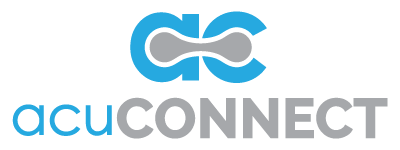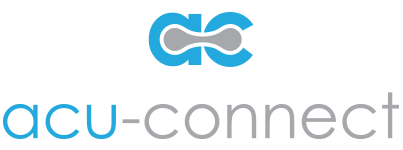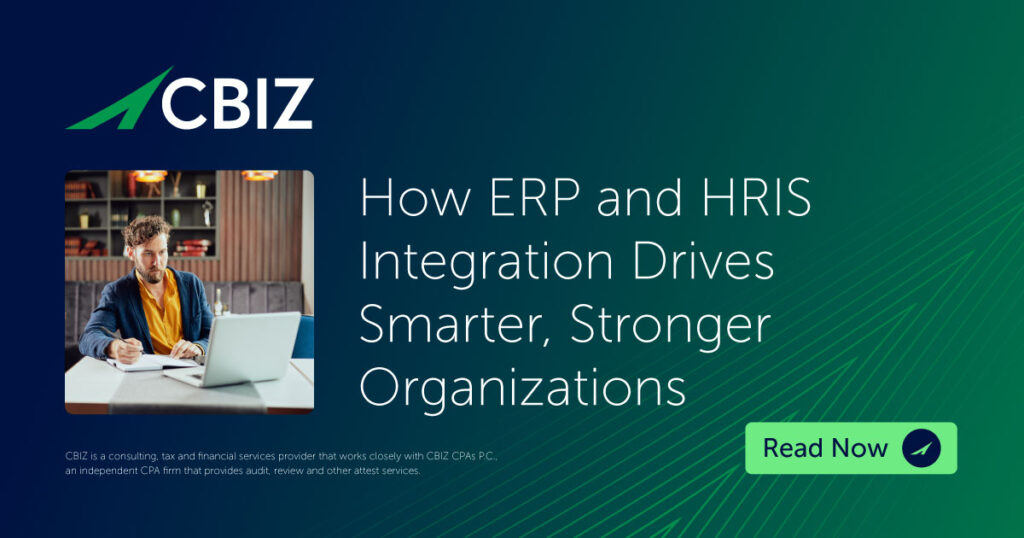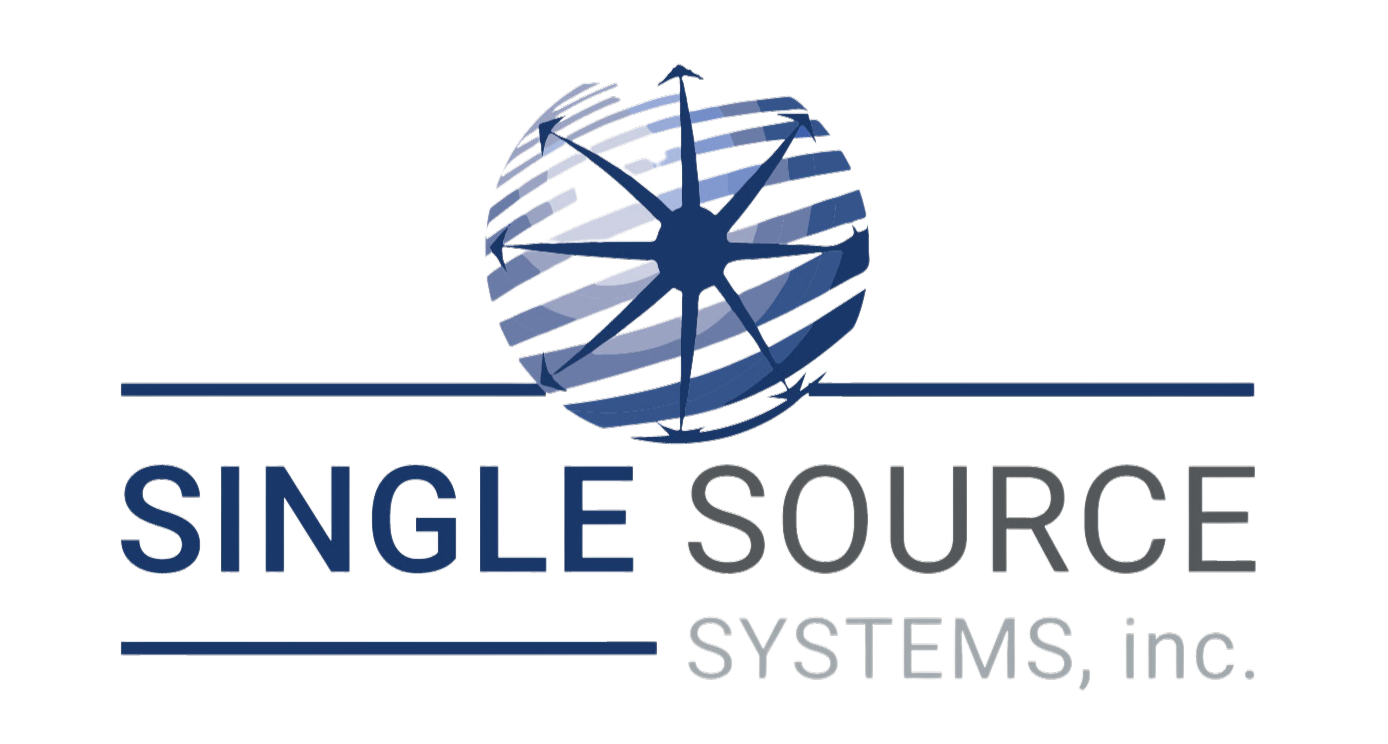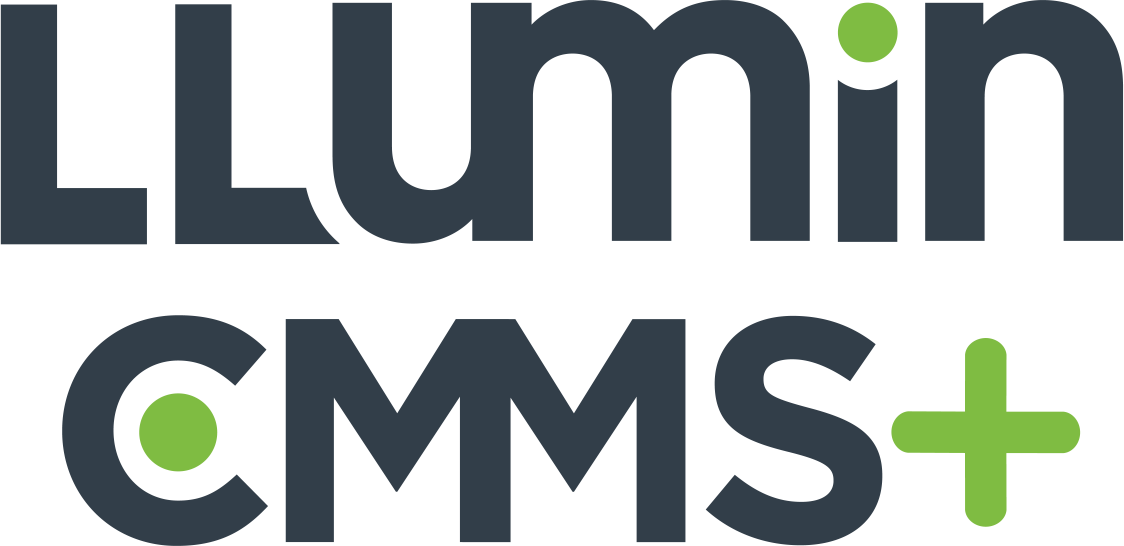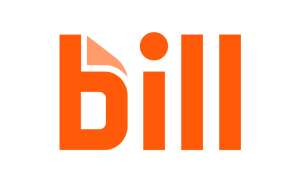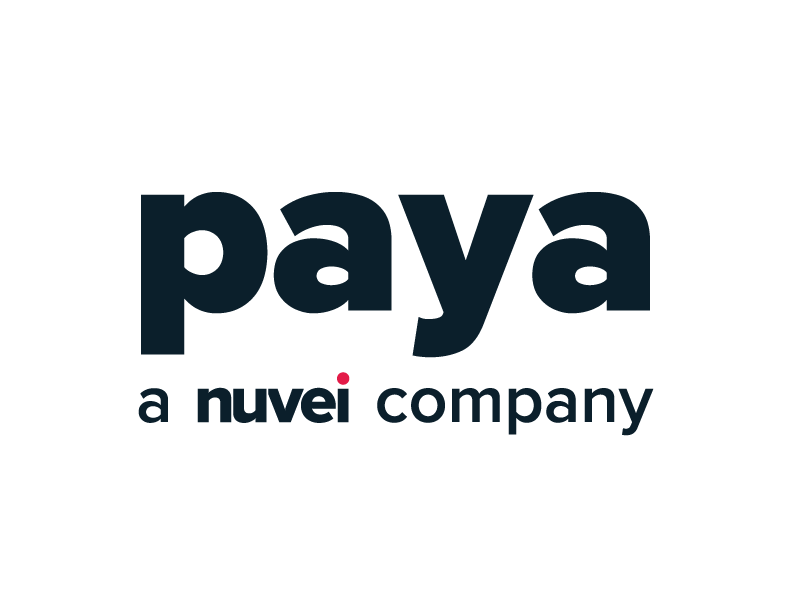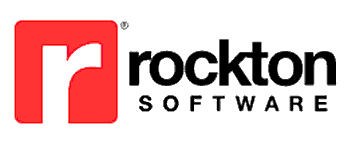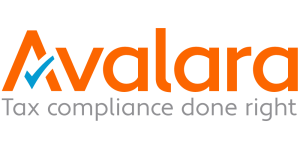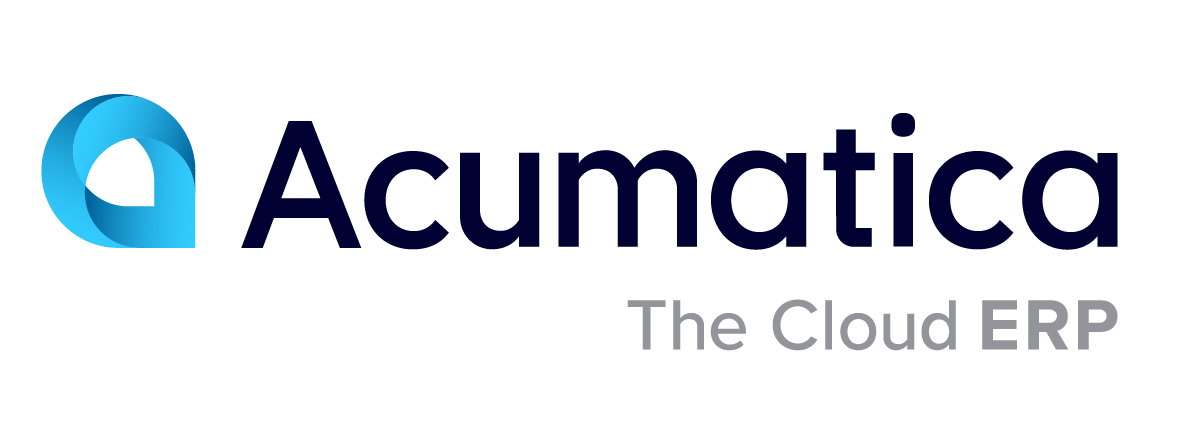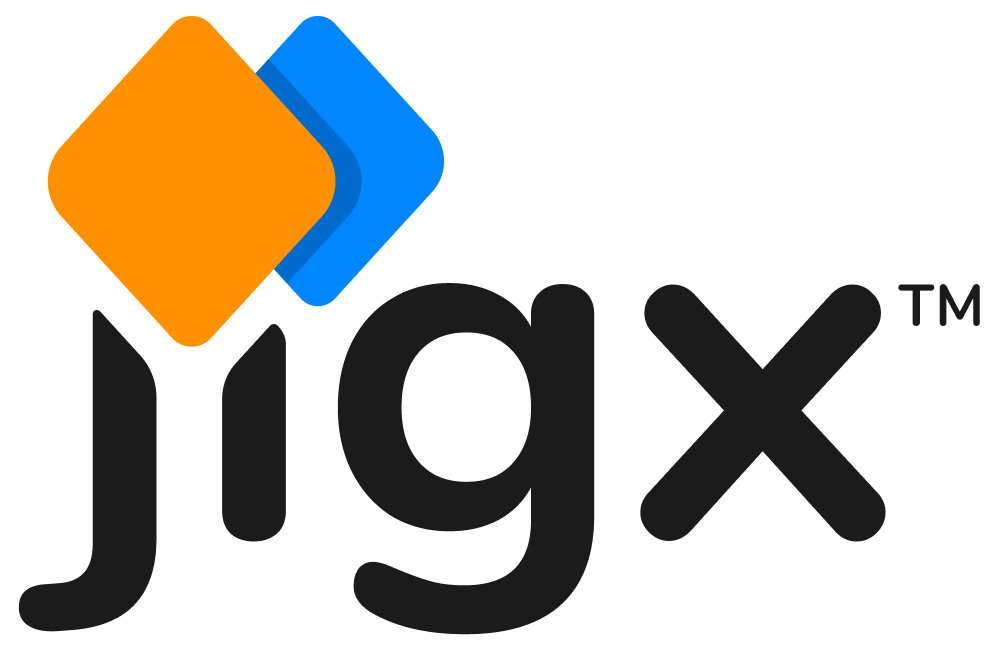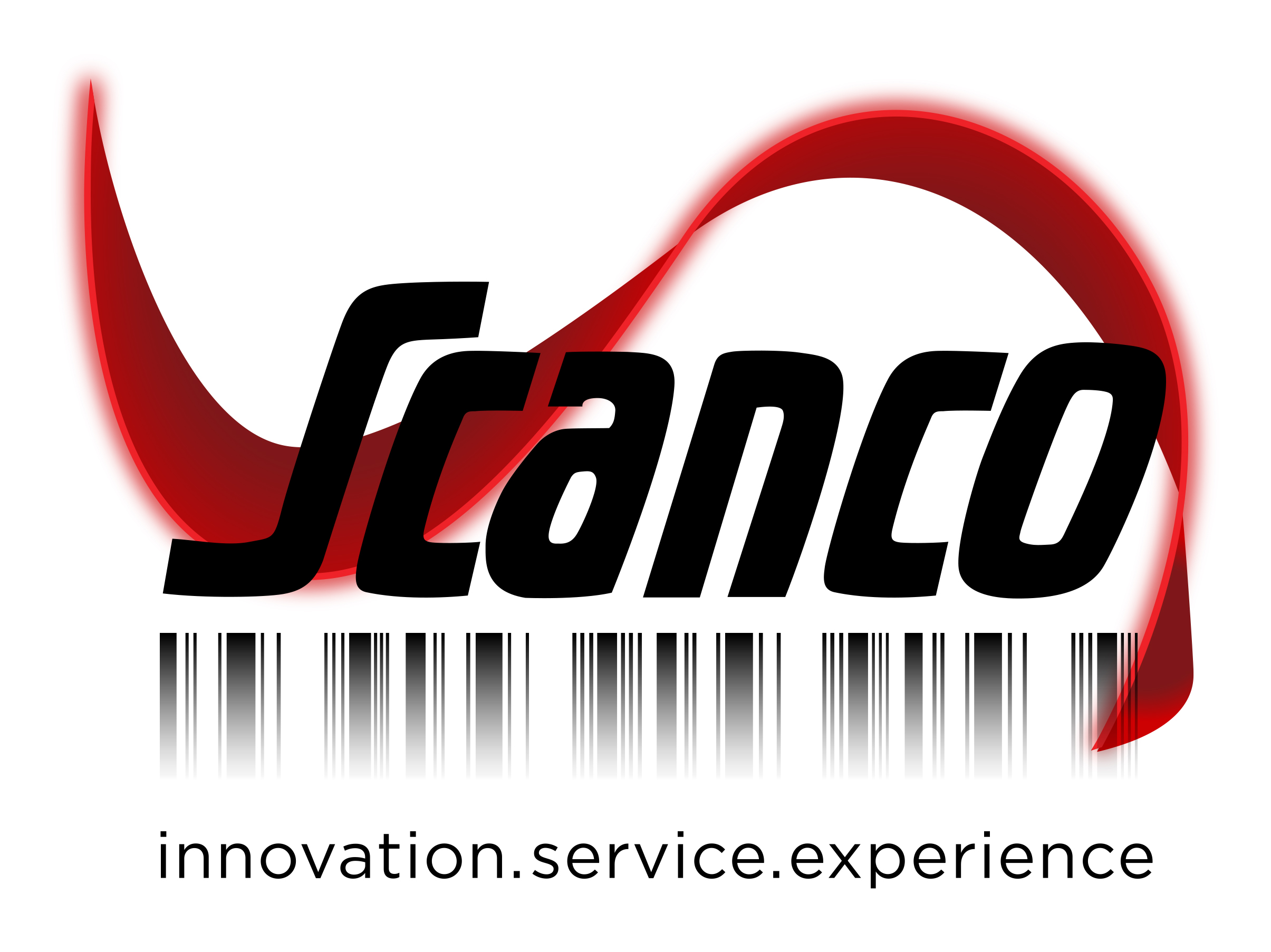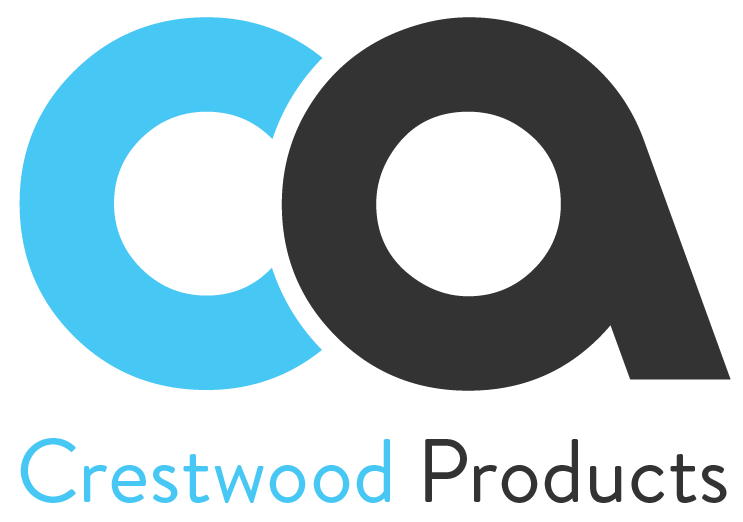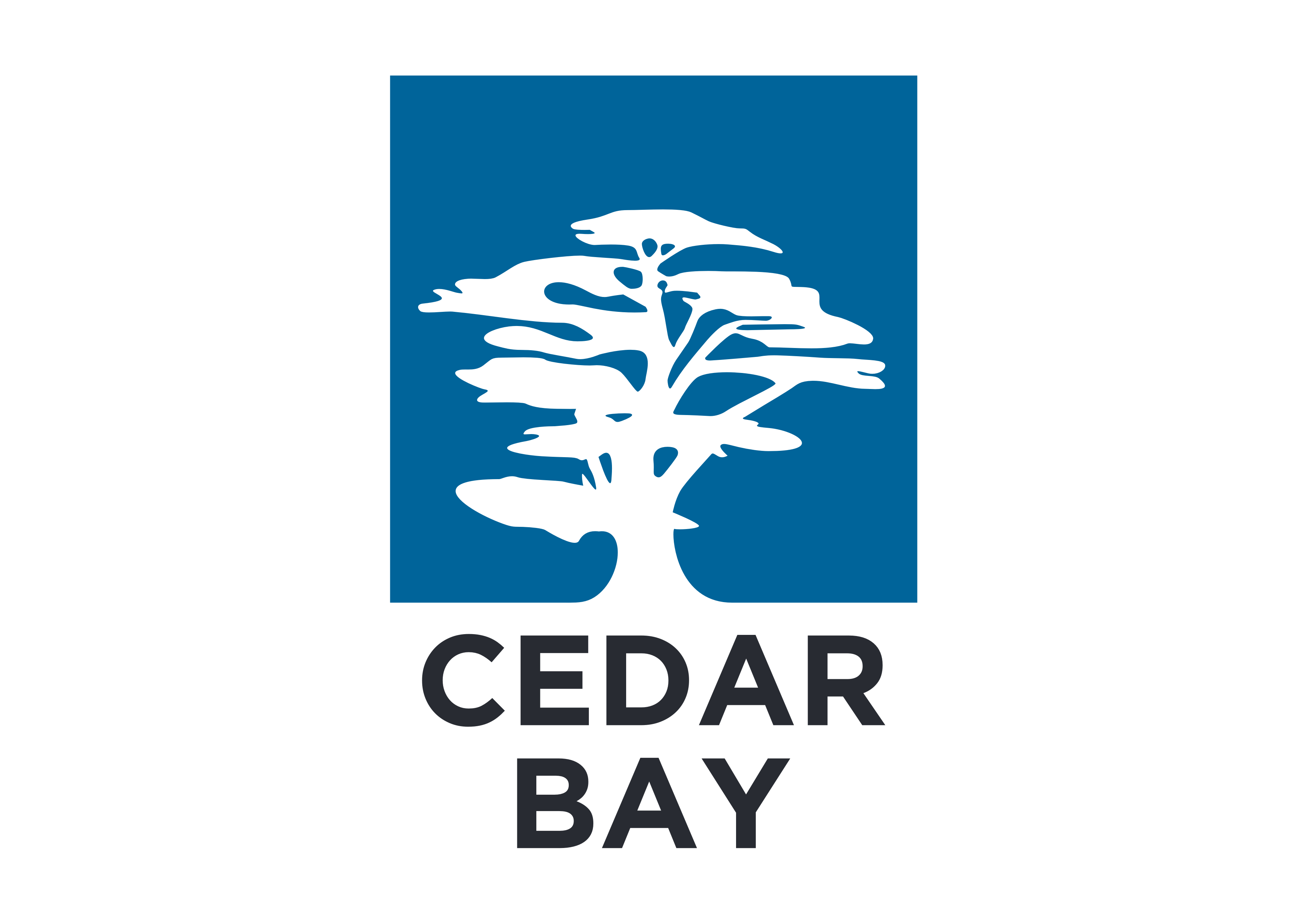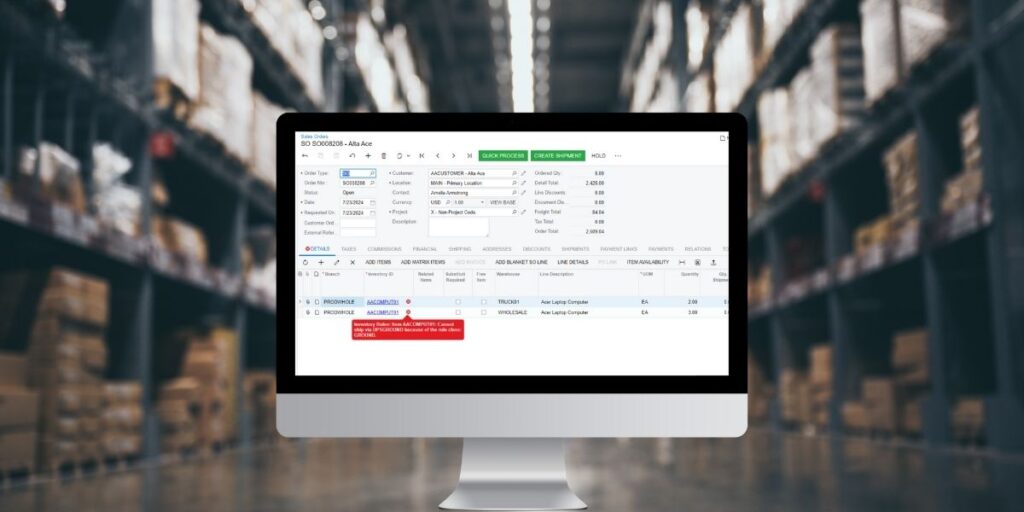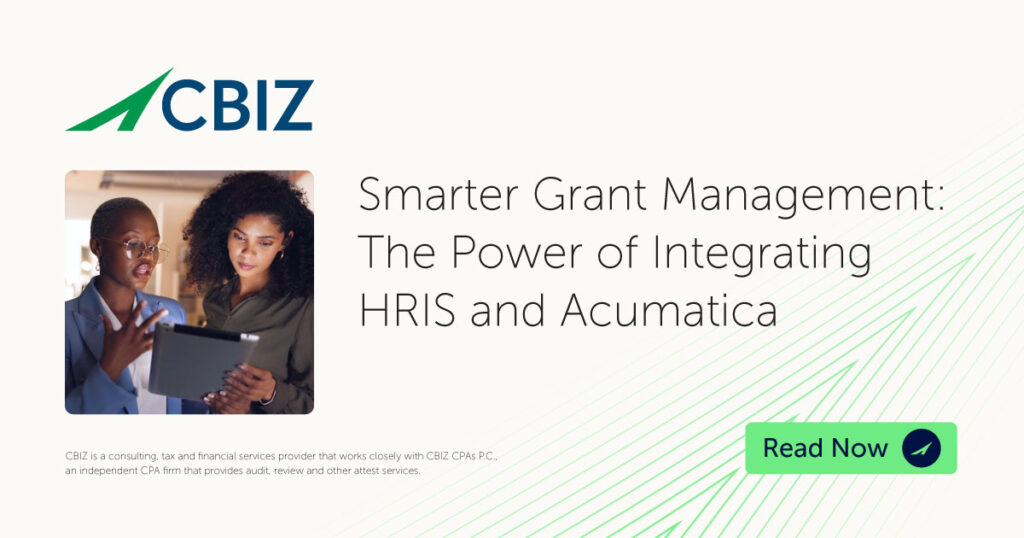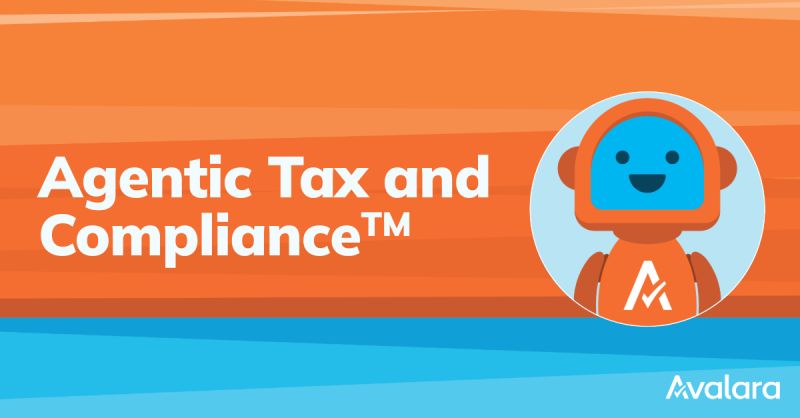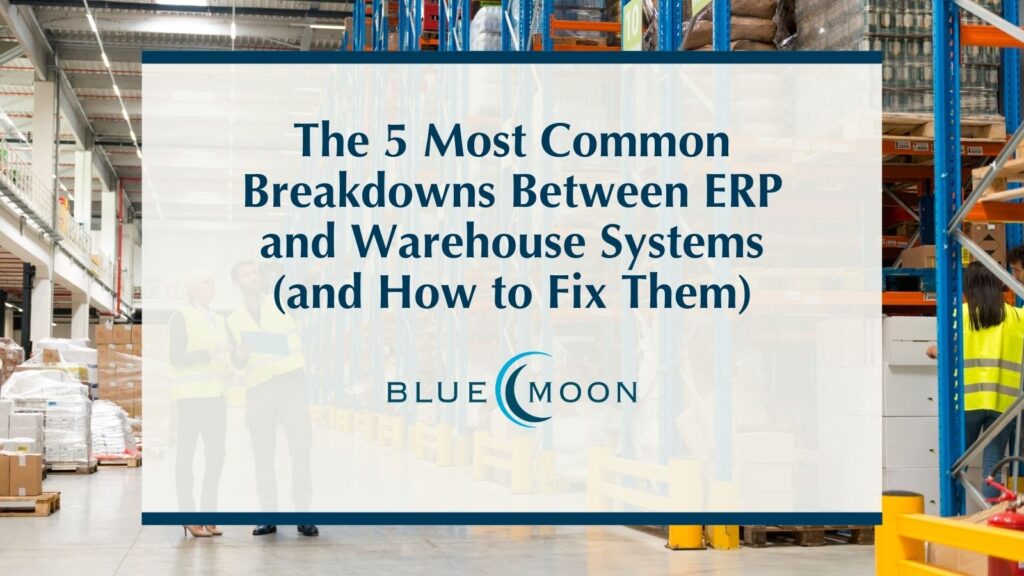Enterprise Resource Planning (ERP) systems and Human Resource Information Systems (HRIS) both play a vital role in ensuring operational efficiency — one drives operations while the other empowers people.
When these systems work in tandem, they create something far more powerful: a unified source of truth that fuels smarter decisions, seamless workflows, and a stronger employee experience.
ERP and HRIS: Distinct Tools, Shared Purpose
Both ERP and HRIS platforms aim to simplify how businesses manage information, but they do so from different vantage points.
ERP: The Operational Backbone
An ERP system, like Acumatica, is designed to be a comprehensive solution for managing various aspects of your business, from finance and supply chain to manufacturing and customer relationship management.
While most ERP systems include basic HR and payroll functionalities, they often need more scope and depth. Typically, an ERP will include employee information management, basic payroll processing, time and attendance tracking, and leave management. However, these features are often not as specialized or advanced as those offered by an HRIS.
HRIS: Empowering People Management
Conversely, an HRIS, like Centrally HR, is specifically designed to cater to the unique needs of human resources departments. It offers a wide range of features and functionalities that enable HR professionals to efficiently manage the entire employee lifecycle, from recruitment to retirement.
A robust HRIS will include:
- Advanced applicant tracking and recruitment management
- Comprehensive employee onboarding and offboarding processes
- Performance management and goal-setting tools
- Learning and development tracking
- Sophisticated payroll processing and tax compliance
- Self-service portals for employees and managers
- Powerful reporting and analytics capabilities
An HRIS provides HR teams with the tools they need to ensure effective workforce management while maintaining compliance with relevant labor laws and regulations.
Integrating for Impact
On their own, ERP and HRIS systems offer significant value. Integrated, they deliver exponential impact. By combining Acumatica and Centrally HR, organizations can improve data accuracy, streamline workflows and efficiency, make smarter decisions, and offer employees a better experience.
- Greater Data Accuracy and Consistency
When data flows through connected systems, this can reduce manual entry errors and information silos. Employee data stays consistent across all systems, creating a single source of truth.
- Streamlined Workflows and Reduced Admin
Integration allows for seamless data flow between the ERP system and HRIS, eliminating the need for manual data transfer. This enables HR teams to spend less time on administrative burdens and more on enhancing engagement and culture. - Smarter Decision-Making
An integrated system gives leaders visibility into a wealth of data, analytics, and reporting. This allows organizations to uncover trends, predict costs, and make evidence-based decisions. - Efficiency That Scales
Automating key HR and payroll processes within an integrated framework reduces administrative burden, improves accuracy, and accelerates turnaround times. The result: measurable cost savings and increased productivity. - A Better Employee Experience
A connected system also benefits employees, enabling them to access pay information, request time off, and manage personal data from self-service portals. This creates a seamless experience that enhances employee satisfaction and engagement.
Elevate Your HR Strategy With Integration
By pairing the structure of an ERP, like Acumatica, with the specialized capabilities of a modern HRIS, organizations can transform how they manage both business operations and human capital.
Integration bridges the gap between process and people, empowering business leaders to enhance growth, efficiency, and employee engagement. Connect with CBIZ to explore the power of integrating Acumatica with Centrally HR.
